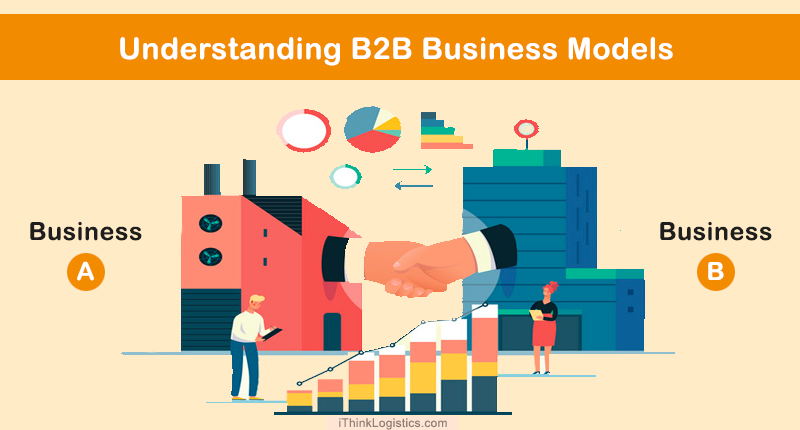In today’s interconnected business landscape, the concept of Business-to-Business common law blog.com (B2B) transactions has become increasingly prevalent. From procurement to distribution, B2B interactions form the backbone of many industries. Let’s delve deeper into the intricacies of this model, its evolution, challenges, and strategies for success.
Evolution of B2B Models
Traditional B2B Approaches
Historically, B2B transactions were characterized by face-to-face negotiations and reliance on established networks. These traditional models often involved lengthy procurement cycles and limited global reach.
Emergence of Digital B2B Models
With the advent of digital technologies, B2B interactions underwent a significant transformation. Online marketplaces, e-procurement platforms, and digital catalogs revolutionized the way businesses conducted transactions, leading to increased efficiency and accessibility.
Impact of Technology on B2B Transactions
Technological advancements, such as cloud computing, big data analytics, and blockchain, have further reshaped the B2B landscape. These innovations have facilitated real-time data exchange, improved supply chain visibility, and enhanced collaboration among stakeholders.
Key Components of B2B Model
Successful B2B operations hinge on several critical components:
Supplier Relationships
Maintaining strong relationships with suppliers is essential for ensuring product quality, reliability, and timely delivery. Collaborative partnerships foster innovation and enable businesses to respond swiftly to market demands.
Buyer Relationships
Understanding the needs and preferences of B2B customers is paramount. Building trust through transparent communication and delivering value-added solutions can help forge long-lasting partnerships.
Distribution Channels
Efficient distribution channels are vital for reaching target markets and maximizing sales opportunities. Whether through direct sales, distributors, or e-commerce platforms, businesses must optimize their distribution strategies to meet customer demands effectively.
Pricing Strategies
Striking the right balance between competitive pricing and profitability is crucial in the B2B arena. Dynamic pricing models, volume discounts, and value-based pricing can help businesses maintain a competitive edge while maximizing revenue.
Advantages of B2B Model
Cost Efficiency
B2B transactions often involve bulk purchases and long-term contracts, leading to cost savings for both buyers and sellers. Economies of scale and streamlined processes contribute to enhanced efficiency and lower operational expenses.
Streamlined Processes
Digital platforms and automation tools streamline procurement, order fulfillment, and payment processes, reducing manual intervention and minimizing errors. This efficiency translates into faster turnaround times and improved customer satisfaction.
Access to Specialized Services
B2B partnerships enable businesses to access specialized services and expertise beyond their core competencies. Outsourcing non-core functions, such as logistics or IT support, allows companies to focus on their core objectives while benefiting from external expertise.
Enhanced Scalability
Scalability is inherent in the B2B model, allowing businesses to adapt to changing market dynamics and scale operations as needed. Flexible contracts, modular solutions, and collaborative networks facilitate growth without significant upfront investments.
Challenges in B2B Model
Complex Decision-Making Processes
B2B transactions often involve multiple stakeholders with diverse interests and priorities, leading to complex decision-making processes. Negotiating contracts, resolving conflicts, and aligning objectives require careful navigation and effective communication.
Long Sales Cycles
Unlike B2C transactions, which may be impulsive or spontaneous, B2B sales cycles tend to be longer and more deliberative. Building trust, conducting thorough evaluations, and addressing concerns prolong the time from initial contact to final purchase.
Market Volatility
Global economic uncertainties, geopolitical tensions, and industry disruptions can introduce volatility into B2B markets. Businesses must stay agile and responsive to changing market conditions to mitigate risks and capitalize on emerging opportunities.
Intense Competition
The proliferation of digital platforms and globalization has intensified competition in the B2B space. Differentiating products or services, maintaining price competitiveness, and delivering superior customer experiences are key challenges for businesses operating in crowded markets.
Strategies for Success in B2B Model
Understanding Customer Needs
Empathy and deep market insights are crucial for identifying and addressing customer needs effectively. Investing in market research, conducting customer surveys, and gathering feedback enable businesses to tailor their offerings to meet evolving demands.
Building Strong Relationships
Trust and reliability are the cornerstones of successful B2B partnerships. Consistent communication, transparency, and integrity foster trust and loyalty, laying the foundation for long-term collaborations and mutual growth.
Leveraging Technology
Embracing digital technologies empowers businesses to optimize processes, enhance efficiency, and deliver superior customer experiences. From CRM systems to AI-powered analytics, technology solutions offer valuable insights and automation opportunities.
Continuous Innovation
Innovation is essential for staying ahead of the curve in the dynamic B2B landscape. Encouraging a culture of innovation, fostering cross-functional collaboration, and embracing experimentation enable businesses to adapt to changing market trends and drive sustainable growth.

